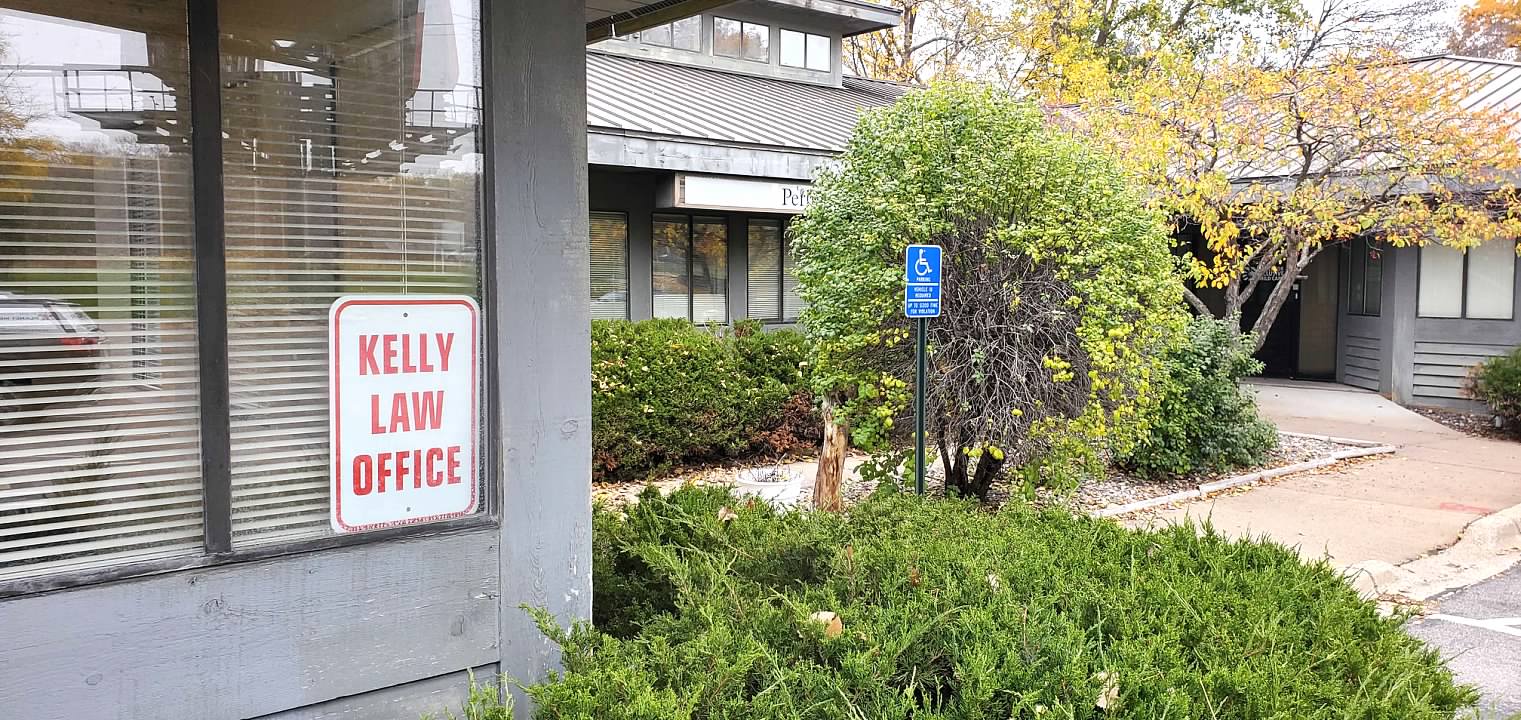For several months I have had a video posted at YouTube entitled “The Trouble with Short Sales.” Of all the videos I have posted, this is the one I get the most flack about – mostly from Realtors who are in the short sale business. My experience of this past week emphasizes how right I am about short sales in Minnesota usually being a really bad deal. If anything, my video understates the case.
A client of mine came to me for help with making a short sale work. I advised that it was likely to be a serious problem, but she wanted to try it anyway. For better mental health and possibly better credit among other reasons, she wanted this house out of her life. A buyer was found, and after a few months the mortgage company indicated – in a rather vague letter of intent – that they were ready to complete the short sale. Getting a real person on the phone from the mortgage company was nearly impossible; and when it was possible to get a real person, it was never anybody who could answer a question or make a decision.
I finally was able to speak with the closer who was going to handle the paperwork for the transaction. She indicated that most of the lenders she dealt with were very clear that they intended to reserve the right to come after the seller for the remaining balance owing on the mortgage, even though the house was being sold. The paperwork for the transaction involving my client did not explicitly say that the lender would be suing my client later, but it didn’t say the lender would not be either. The only release that my client could expect to get would be one that released the house only. There would be no release of personal liability.
This was a situation involving only one mortgage. In those situations in the State of Minnesota, the most common method of foreclosure is “foreclosure by advertisement.” When advertisement is the method, the lender gets the house, but that’s all the lender gets. The home owner is off the hook. That means that my client was presented with the following choice:
- Either do a short sale and expect to get sued for the remaining unpaid balance of the mortgage; or
- Wait for the lender to foreclose and lose the house without getting sued for anything.
The second choice is obviously better than the first. In both choices the house is lost, but with the second choice at least they don’t come after you for more money afterwards. It would have made a lot of sense for the mortgage lender to provide a personal release of liability so that my client could have completed the short sale. Now it will take the mortgage company another year of so and considerable expense to conduct the foreclosure. The house will probably go down in value during that time too. But in letters and calls to the mortgage company, I never seemed to be able to get any body’s attention with this information.
This aspect of Minnesota foreclosure law is unusual. There are only seven other states as far as I know that have similar laws. The mortgage company does business in all 50 states, and follows a one size fits all policy line for everything. Their policy might make sense in most states, but not in Minnesota. They hurt themselves by being that way, but nobody seems to care.
For a short time this week I was excited because I thought I was seeing some signs that I might be able to make the short sale idea work. What it was going to take, of course, was a release of personal liability. By Thursday afternoon, however, it was quite clear that was not going to happen. It was time to back out of the deal, cancel the purchase agreement, and wait for a “foreclosure by advertisement.”





